Albania Wind energy
Since a few centuries, mankind is able to use the wind power through the wind mills. As from the mid seventies, modern wind turbines have been developed with the aim to produce clean electricity. Technology for wind energy has tremendously advanced the last years, leading to (Ecofys BV 2006):
- Larger wind turbines
- Blades manufactured from composite materials
- Higher reliability
- Lower noise levels (at the source, the rotor)
- Modern pitching technologies for the blades
- Direct drive technologies to reduce maintenance,
- Systems to stop operating automatically to reduce flickering and bird fatalities
Background
Currently, most of new wind turbines sold in Europe are in the 2-4 Megawatt range. The trend of offshore wind turbines is even higher. Offshore conditions are much harsher; therefore reliability and a reduction of maintenance costs are key elements for economical operation. Other types of wind turbines are available on the market during the last few years. They are called urban wind turbines and are much smaller in production capacity (around 5 kilowatt). Nevertheless differing from the other larger version they can be installed in an urban environment, such as roofs of the buildings.
Potential
The presence of wind can vary significantly from on different locations and time periods. Wind energy specialists sometimes work on the annual average wind speed. Although it might be a good indicator for a certain location (e.g. more than 6 meters per second), it does not necessarily mean that it functions economically well. The height of the turbines (‘hub height’) plays an important role, as well. Due to characteristics of wind flow, the wind speed is usually higher at higher altitudes. The developments of new types of wind turbines have therefore resulted in larger and higher turbines (Ecofys BV 2006).
The Institute of Hydro-Meteorology (IHM) is the only institute that deals with the daily measurements of wind (three times/per day) in the main meteorological stations located in a standard height of 10 meters. The wind is highly influenced from orographia. One single barrier (in direction or speed) generates high variances in the measurements of the station (in speed or direction). This is the main reason that such stations are located in open areas (free of any kind of barrier). It is important to point out that the stations are, as well, located in climate representative areas, regardless the wind energy potential zones. The tables below show the wind speed and the energy density for some windy areas/regions that allow assessment of the wind potentials.

Table 6 The windy hours, average speed and the energy density for the coastal area, based on the land measurements
Although IHM has done relevant measurements, they are fragmented and can be useful for a general idea. However, these data are based on measurements made by anemometers placed 10 m height above ground level. It therefore makes it difficult to judge the real wind energy potential. It must be pointed out that the meteorological stations are located in climate representative areas of the regions. Therefore, the natural potential of wind energy should be greater.
Consequently, the map showing the territory wind average speed (Figure 12) is a schematic map (there are no space gradients available). As a result, it shows only a number of regions characterized by high wind speed. Nevertheless, the main regions with high wind energy potentials are identified and they are: Shkoder (Velipoje, Cas), Lezhe (Ishull Shengjin, Tale, Balldre), Durres (Ishem, P.Romano), Fier (Karavasta, Hoxhara 1, Hoxhara 2), Vlore (Akerni), Tepelene, Kryevidh, Sarande.
However, it is quite difficult to plan an exact distribution of the territory wind speed. A detailed study includes the modeling of the speed wind taking into the consideration topography, as well. According to the studies performed so far on the special territory parts, it results that a wind speed increase is closely related to the height increase over the sea level. Some deviations can however be noticed in the narrow valleys of the rivers or mountainous saddles where, as a result of air streams convergences, the wind speed increases.
Installed Capacity
It needs to be pointed out that actually no kWh of energy is produced out of wind in Albania. This does not happen not due to the lack of wind potential, but because of the lack of assessment of wind energy potentials. The actual available limited meteorological information serves only for a preliminary evaluation on the wind energy potential.
Base on the actual conditions of Albania, it is foreseen that 4% of the total amount of electric energy produced in country (around 400 GWh/year) until 2025 to be produced from wind. It is assumed that a priority will be given to the buildings of 20 Wind Electro Central (WEC) near 20 pumping stations located along the Adriatic Sea, avoiding flooding protection as well. A considerable number of areas with high wind energy potentials are identified in the Seaside Lowland, near these 20 pumping stations are located (that looking for 30 GWh/year or 0.7% of the actual national electric energy production) (Mitrushi 2006).
The average annual wind speed in these areas is 4-6 m/s (height 10 m), and the annual energy density is 100-250 W/m2. This potential is considered as low, but it can be improved, by using the height of 50 m, where the speed is 6-8 m/s, and energy density is 250-600 W/m2.
Characteristic features for Albania
The main part of the territory (approximately 2/3 of the whole surface) is hilly-mountainous tending to be more mountainous towards East. The costal line is 345 km in the direction of North – South. The major part of it lies along the field coast part, and the other part is near the south mountainous coast. The main directions of the wind are Northwest – Southeast and Southwest – Northeast, with a dominating direction from sea towards. Inside the territory, the direction and the wind intensity vary considerably from one location to another.
Since Albania is close to the sea and it is a mountainous country, it is expected that at some locations, wind turbines have a good pay back time. However, only very limited wind resource information is available to justify investments in successful wind energy projects. The plains to the sea in the North might offer some options (Ecofys BV 2006).

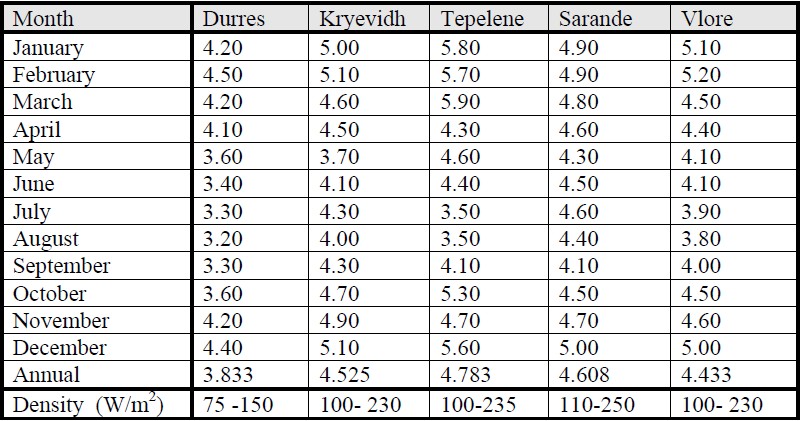
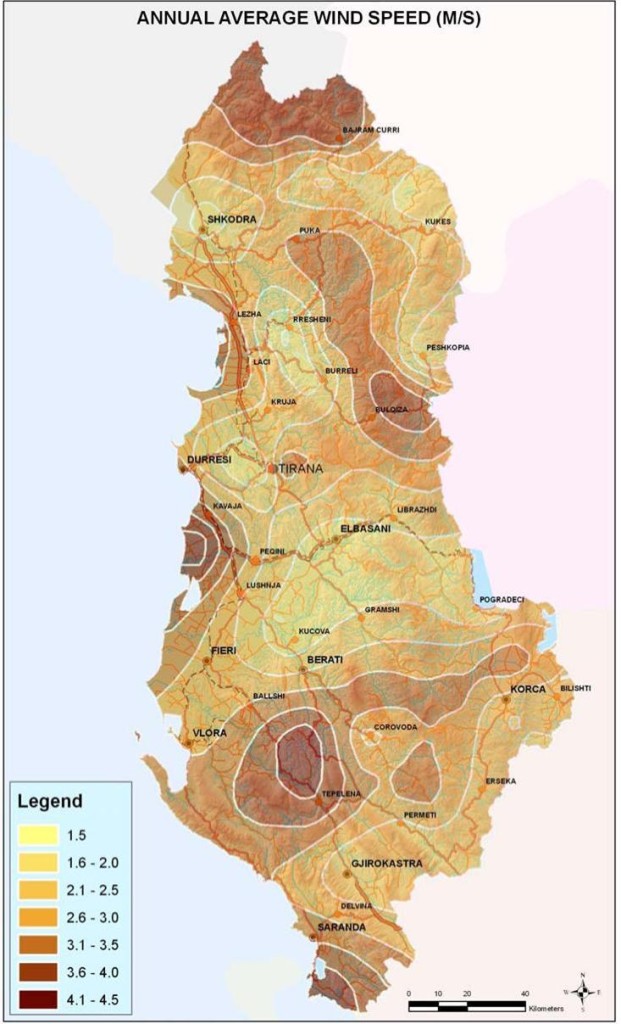
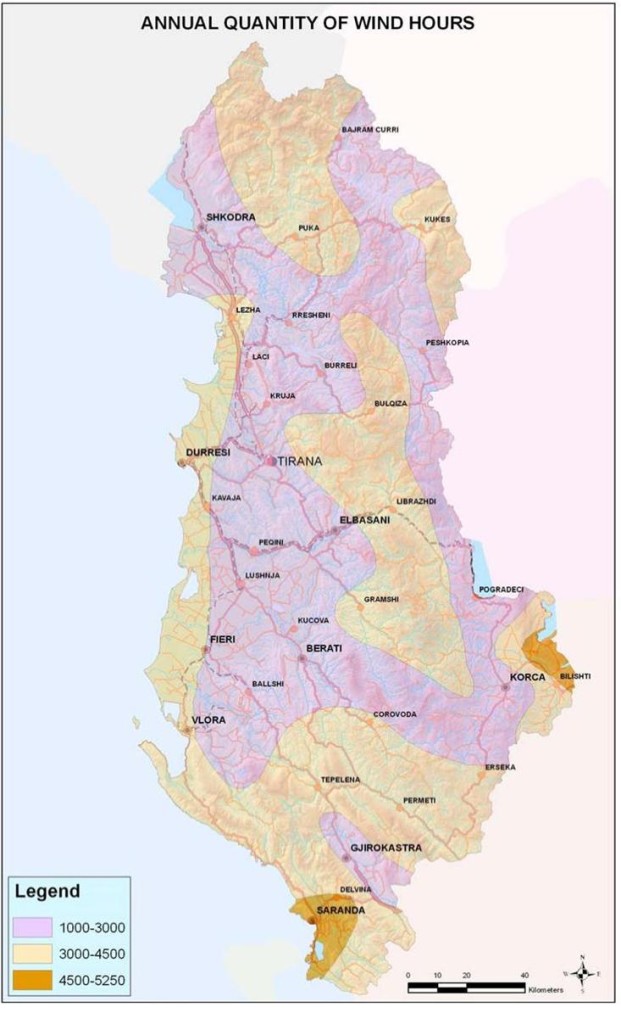
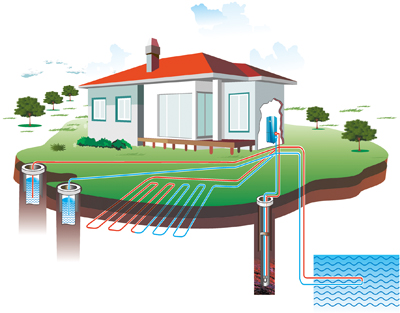
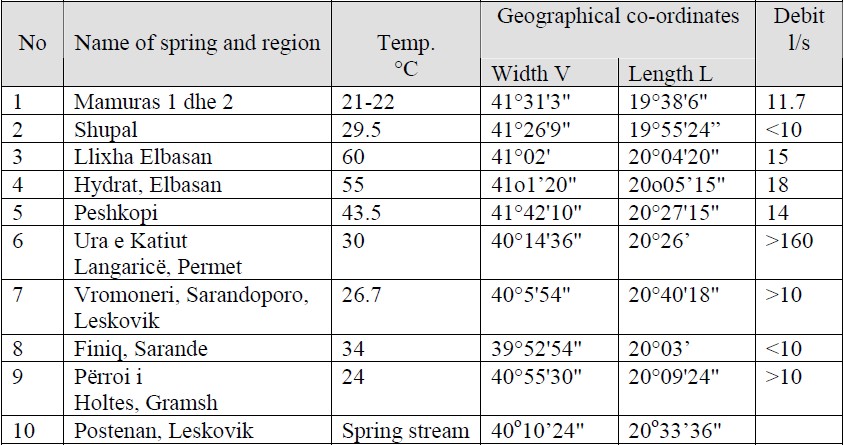
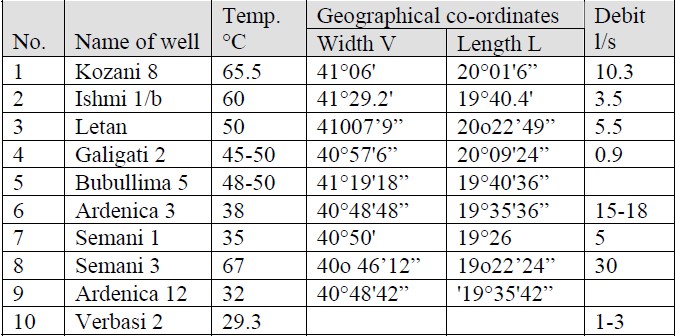
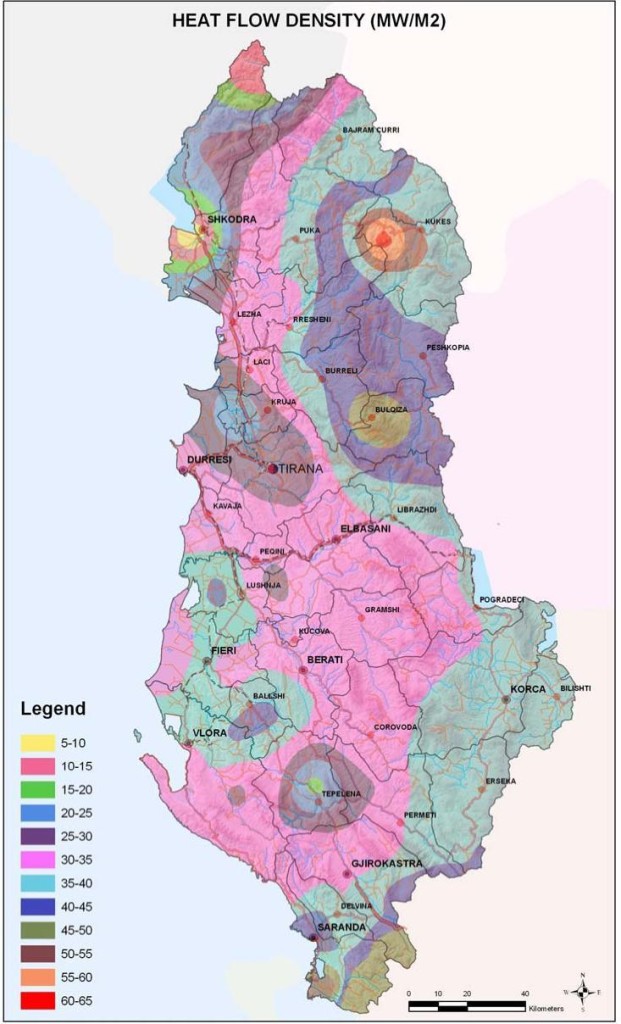
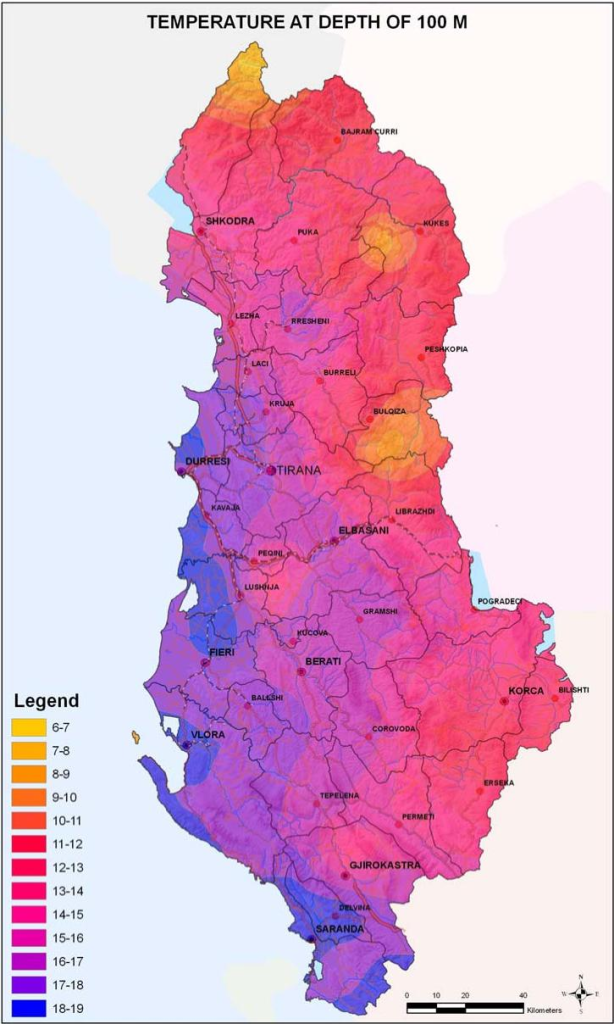
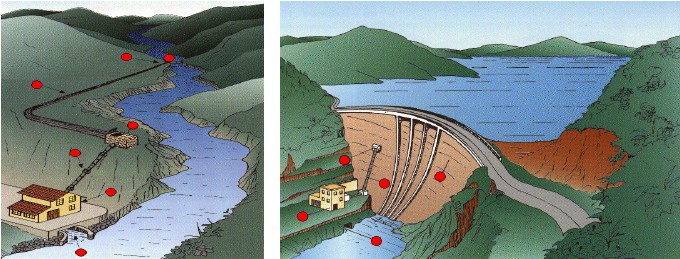
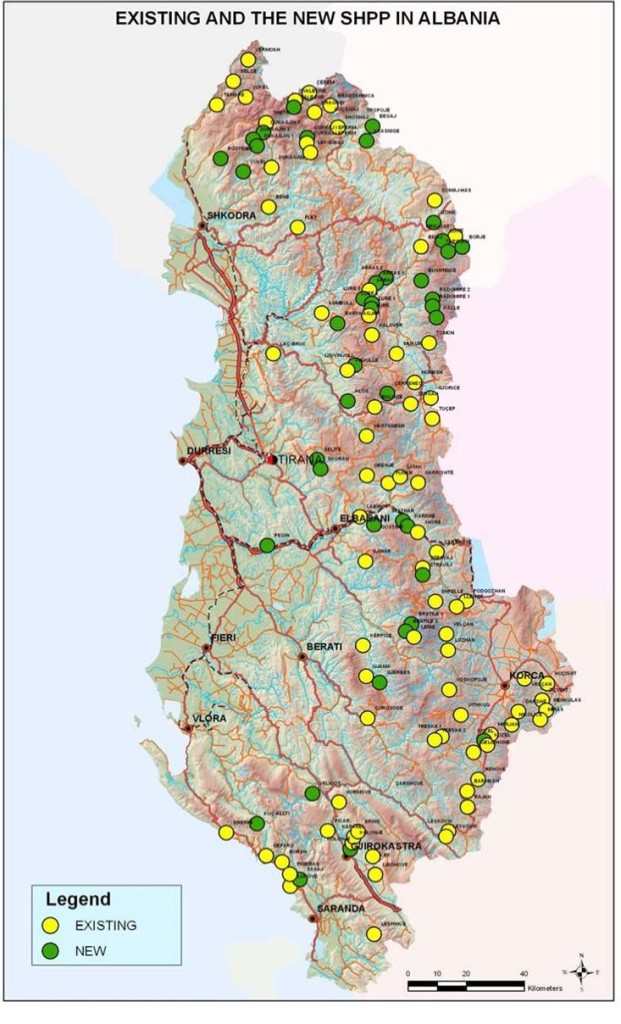
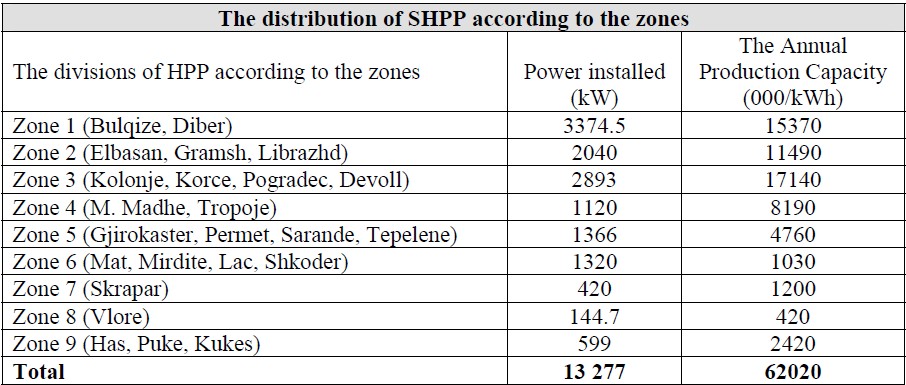
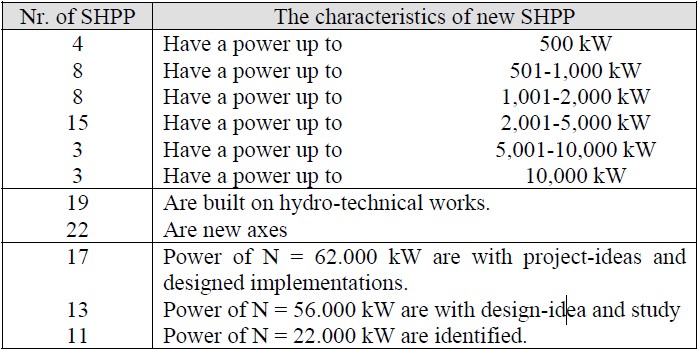
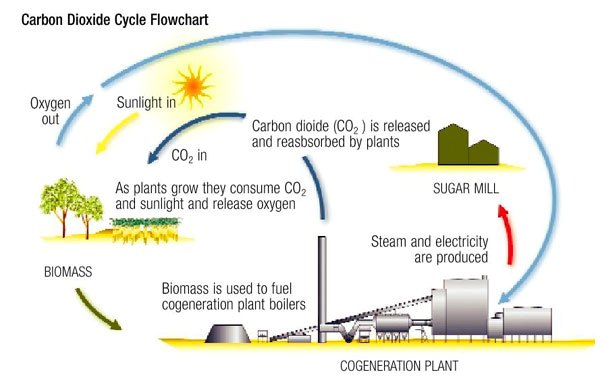
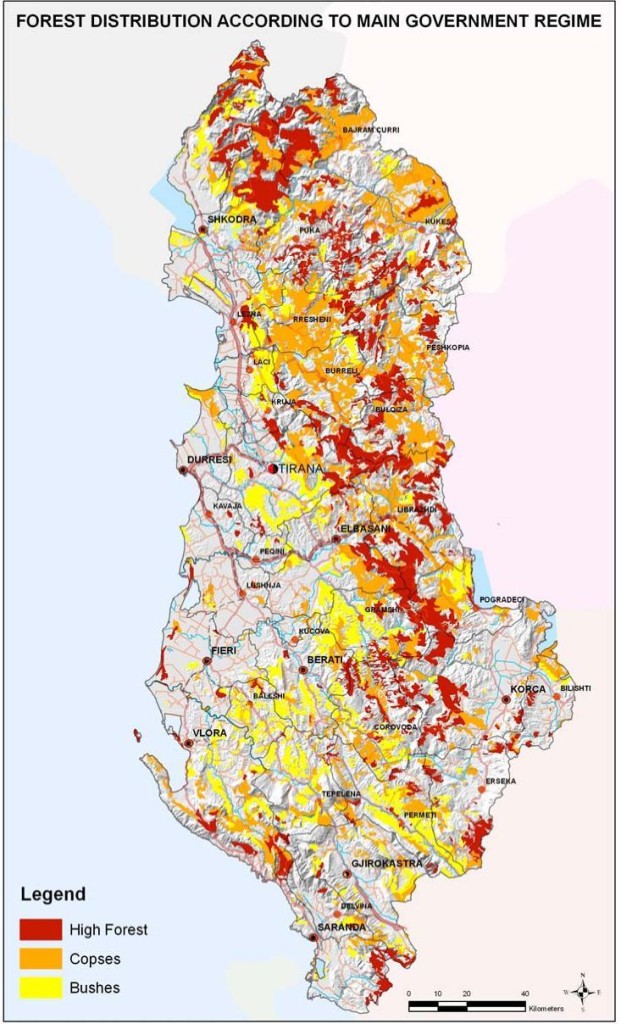
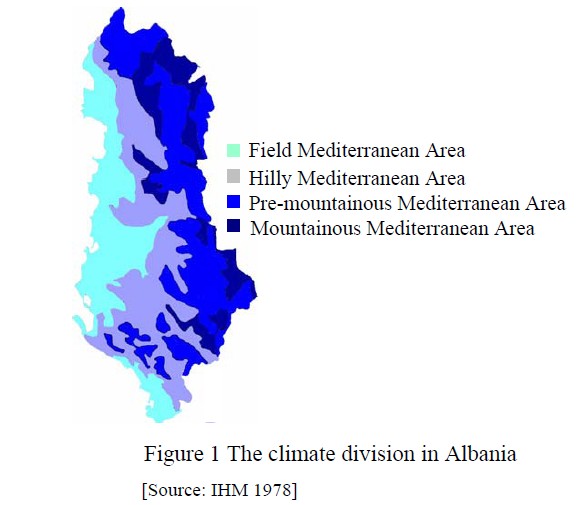
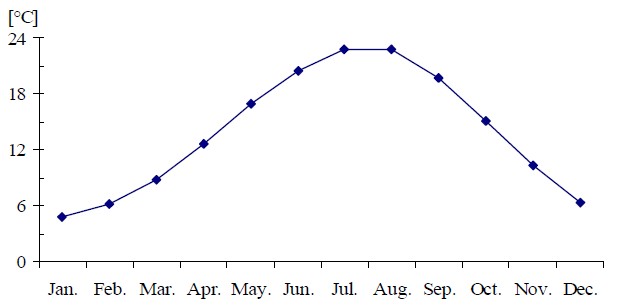
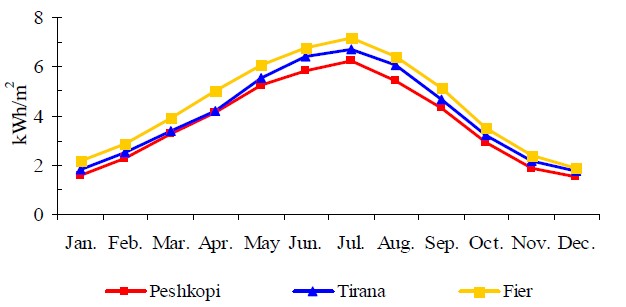
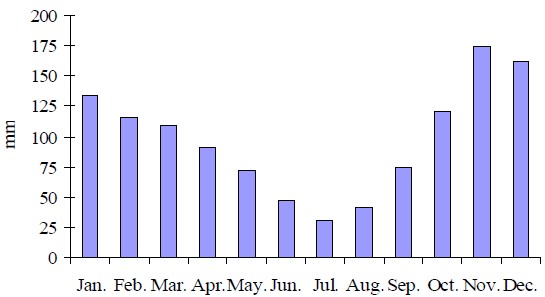

 Në vitin 2013, panairi NDËRTIME në Tiranë, hap dyert e tij nga data 28 deri me 30 Mars, me një gamë të gjerë produktesh dhe shërbimesh, me sigurinë se tashmë përbën panairin shumëtematik për sipërmarrjet e Industrisë së Ndërtimit dhe Energjetikës që janë aktivë në Shqipëri por dhe më gjerësisht në Ballkanin perëndimor.
Në vitin 2013, panairi NDËRTIME në Tiranë, hap dyert e tij nga data 28 deri me 30 Mars, me një gamë të gjerë produktesh dhe shërbimesh, me sigurinë se tashmë përbën panairin shumëtematik për sipërmarrjet e Industrisë së Ndërtimit dhe Energjetikës që janë aktivë në Shqipëri por dhe më gjerësisht në Ballkanin perëndimor.